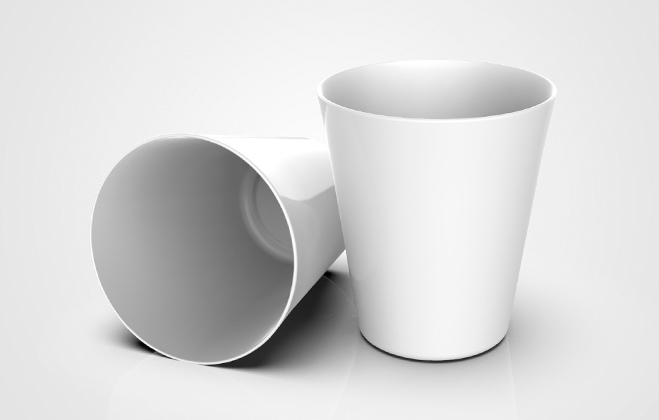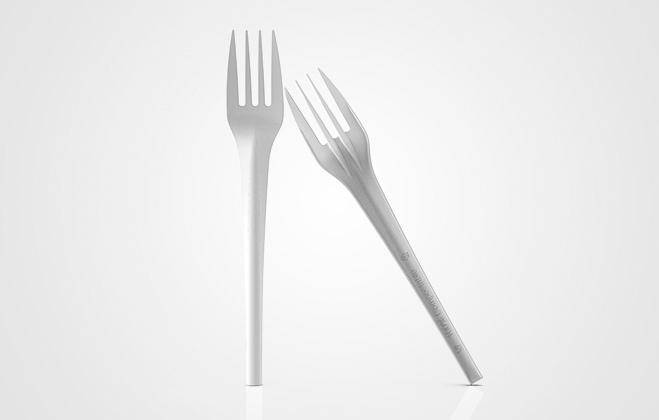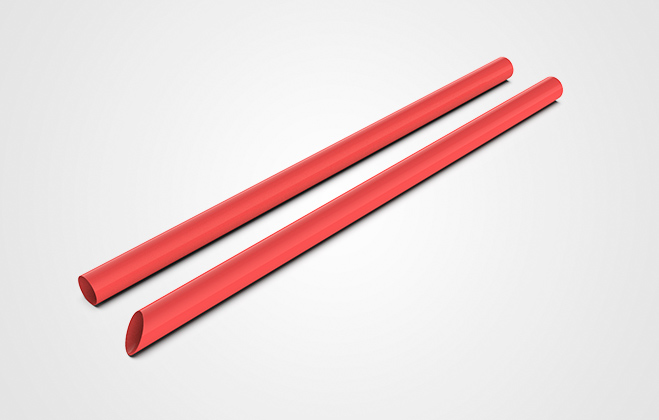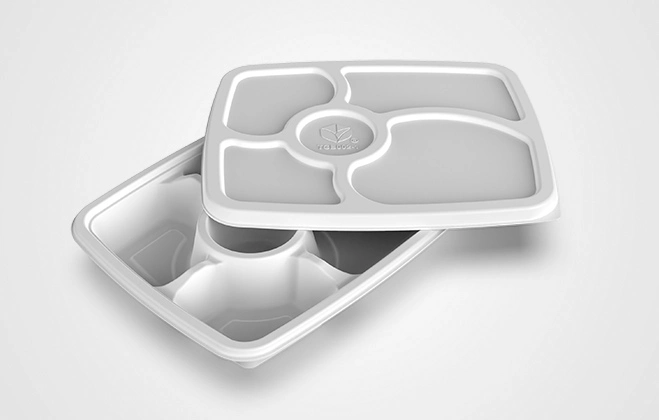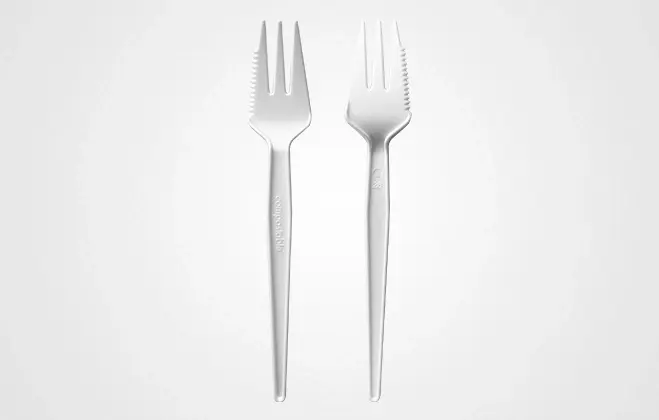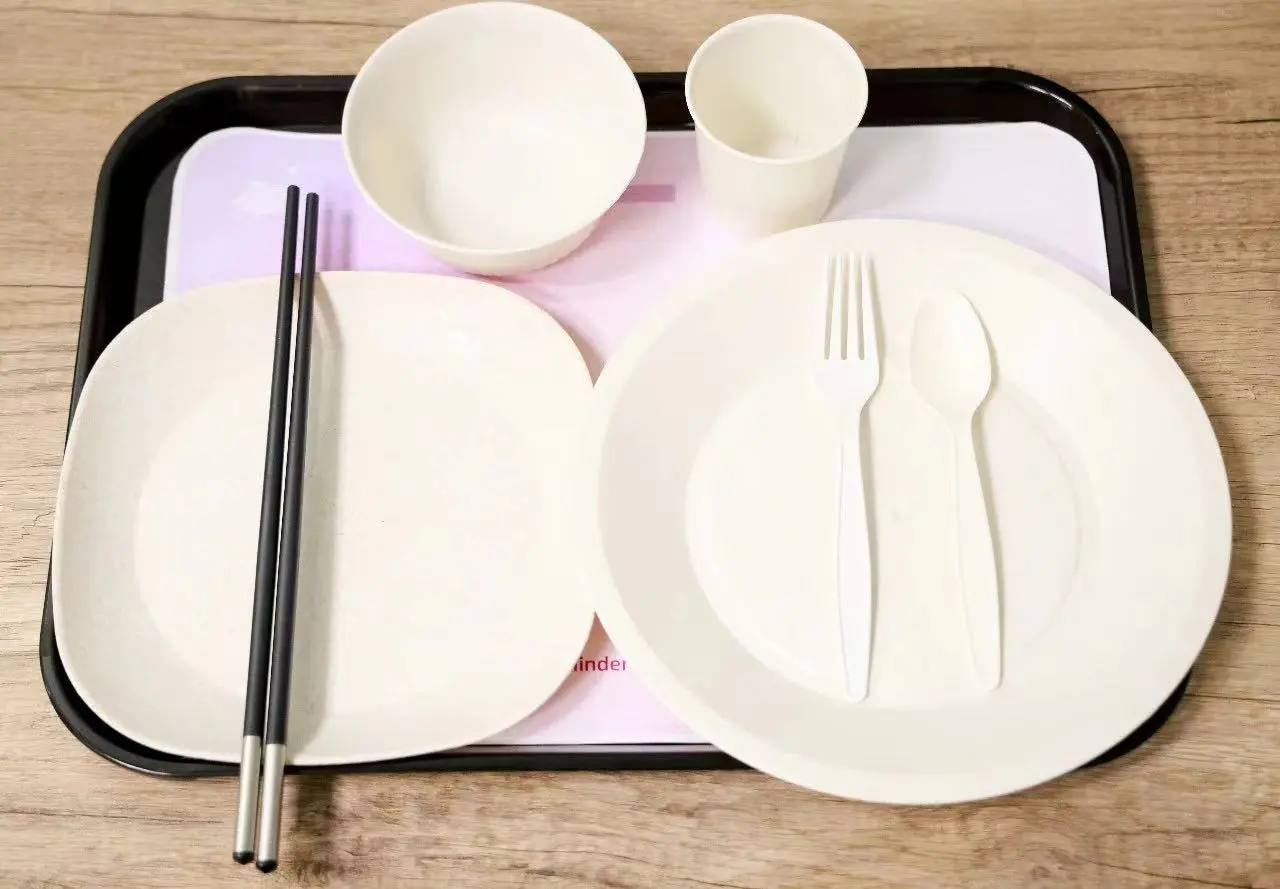Global Polylactic Acid Industry Market Overview
According to BezeConsulting, the global market size for the Polylactic Acid (PLA) industry was $2.159 billion in 2023, with a compound annual growth rate (CAGR) of 17.85% projected for the period 2023-2028.
Polylactic Acid, derived from renewable resources, is a thermoplastic aliphatic polyester. Raw materials for PLA include corn starch (mainly in the United States), cassava roots, potato chips, or starch (mainly in Asia), or sugarcane (in other regions of the world). It has become a popular material known for its favorable mechanical and processing properties, and PLA products can rapidly degrade through various methods after disposal.
Packaging Segment Holds the Largest Market Share
Similar to other sustainable bioplastics, PLA has enormous market potential, particularly in the packaging segment. It is widely used in various packaging applications for food (e.g., pla disposable cutlery), beverages (e.g., pla straws wholesale, custom boba cups), and other short-shelf-life consumer goods. Additionally, due to its versatility, PLA finds applications in diverse fields, including textiles, construction, and automotive. Consequently, governments worldwide are encouraging the production and consumption of sustainable materials. In terms of applications, the packaging segment dominated the market share in 2022.
Analysis of Industry Drivers and Barriers
Polylactic Acid (PLA) is a novel biodegradable material produced from starch found in renewable plant resources such as corn. It exhibits excellent biodegradability, fully decomposing into carbon dioxide and water by natural microorganisms after use, thereby avoiding environmental pollution. Recognized as an environmentally friendly material, PLA may see increased consumption in the coming years due to enhanced consumer awareness of recyclability, green packaging, and sustainability. However, the price of PLA material is approximately 3-4 times that of polyethylene, and its cost is determined by both its price and the polymerization process, making PLA comparatively expensive.
来源: 贝哲斯咨询 专塑视界
 English
English 日本語
日本語 한국어
한국어 français
français Deutsch
Deutsch Español
Español русский
русский português
português العربية
العربية ไทย
ไทย Malay
Malay